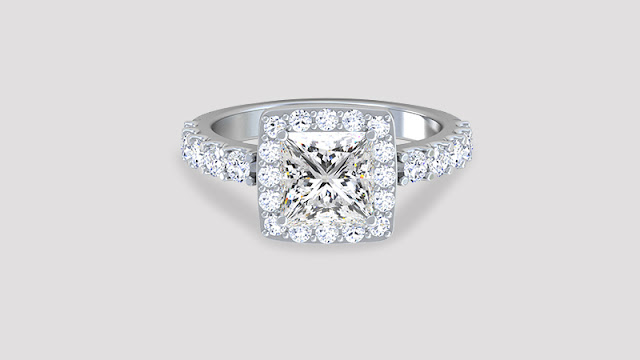Lab grown diamonds, also known as man-made diamonds, lab diamonds, lab created diamonds, cultured diamonds, synthetic diamonds and manufactured diamonds are a clean alternative to naturally occurring diamonds. But are they really all that different from the originals? Let’s find out.
Origin
Scientists had been trying to synthesize diamonds since the 20th century but none had met with any success. In the 1940s the USA, Sweden and the former Soviet Union came together to conduct formal research on the matter. A decade later, the trio had successfully imitated a naturally occurring diamond.
Composition
Lab created diamonds are chemically and physically the same as naturally occurring diamonds. They are made of pure carbon atoms structured into a crystal formation. Lab created diamonds are carefully crafted to give the same optical effect as natural diamonds. The similarity between a lab created diamond and a natural diamond is uncanny. It takes special equipment to notice the small details that set the two apart.
Process
Unlike naturally occurring diamonds, lab grown diamonds are created by manufacturing processes which require expert skill and expensive machinery. Two of the most common processes are CVD: Chemical Vapor Deposition and HPHT: High pressure - High temperature. In CVD, the geological conditions that are conducive for the genesis of a naturally occurring diamond are replicated in a lab. Heat and pressure are applied on pure carbon atoms. Some lab diamonds are created from a depositional process. After being cultured, these diamonds may also have to undergo a heat and pressure treatment. For a fancy color lab created diamond, trace elements are added in the growth phase.
Not the same as diamond simulants
While diamond simulants look similar to diamonds their chemical composition is not the same as they are not made of real carbon crystals. Therefore, the physical properties of a simulant diamond are also very different and they are significantly less expensive than natural and lab created diamonds. Simulants can be told apart from natural and lab grown diamonds very easily.
Grading
Like naturally occurring diamonds, synthetic diamonds are also graded and certified. After their synthesis is completed, lab-created diamonds are sent to an independent lab to be analyzed. The experts consider the 4 Cs which are the holy grail for grading all natural gemstones: color, cut, clarity and carat weight. While higher color saturation is usually an asset, clear diamonds are graded better for lack of color.
Benefits
Lab grown diamonds are a lot more ethical than natural diamonds which are mined from the earth and have a grave ecological impact. They are also conflict free. Additionally, since the quality in terms of color, cut and clarity is under human control, unique and brilliant diamonds can be created.
If you want a diamond without compromising on the environment, have a look at our state of the art collection of Lab grown diamonds at GemsNY.


Comments
Post a Comment